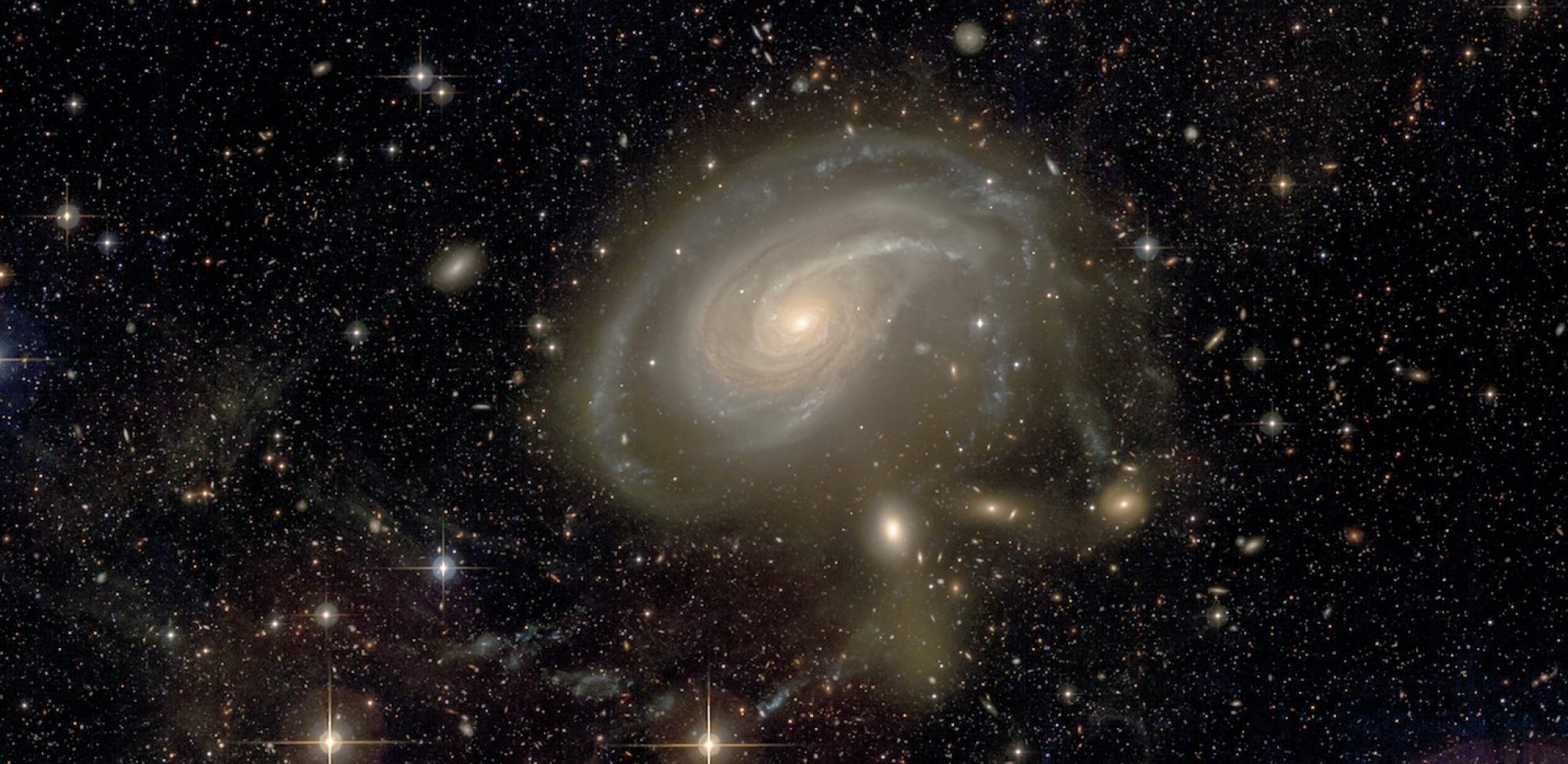
Observations of neutral hydrogen (HI) and molecular gas show that 50% of all nearby early-type galaxies (ETGs) contain some cold gas. Molecular gas is always found in small gas discs in the central region of the galaxy, while neutral hydrogen is often distributed in a low-column density disc or ring typically extending well beyond the stellar body. Dust is frequently found in ETGs as well. The goal of our study is to understand the link between dust and cold gas in nearby ETGs as a function of HI content.
We analyse deep optical g−r images obtained with the MegaCam camera at the Canada-France-Hawaii Telescope for a sample of 21 HI-rich and 41 HI-poor ETGs. We find that all HI-rich galaxies contain dust seen as absorption. Moreover, in 57 percent of these HI-rich galaxies, the dust is distributed in a large-scale spiral pattern. Although the dust detection rate is relatively high in the HI-poor galaxies (∼∼59 percent), most of these systems exhibit simpler dust morphologies without any evidence of spiral structures. We find that the HI-rich galaxies possess more complex dust morphology extending to almost two times larger radii than HI-poor objects. We measured the dust content of the galaxies from the optical colour excess and find that HI-rich galaxies contain six times more dust (in mass) than HI-poor ones. In order to maintain the dust structures in the galaxies, continuous gas accretion is needed, and the substantial HI gas reservoirs in the outer regions of ETGs can satisfy this need for a long time. We find that there is a good correspondence between the observed masses of the gas and dust, and it is also clear that dust is present in regions further than 3~Reff. Our findings indicate an essential relation between the presence of cold gas and dust in ETGs and offer a way to study the interstellar medium in more detail than what is possible with HI observations.
Published in Yildiz et al., 2020, A&A 636, 8

